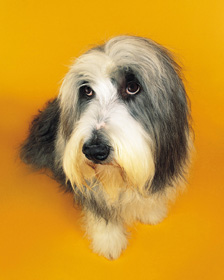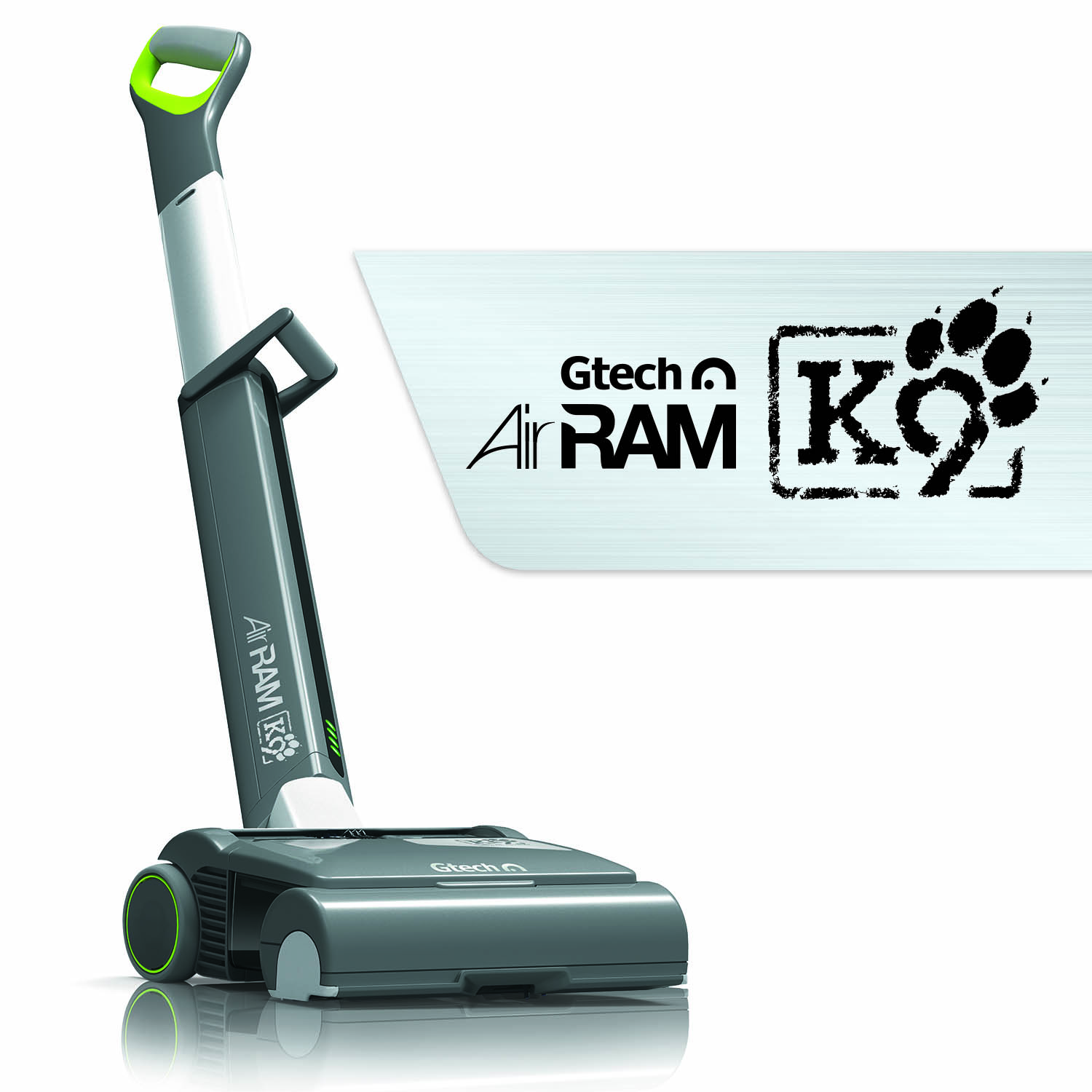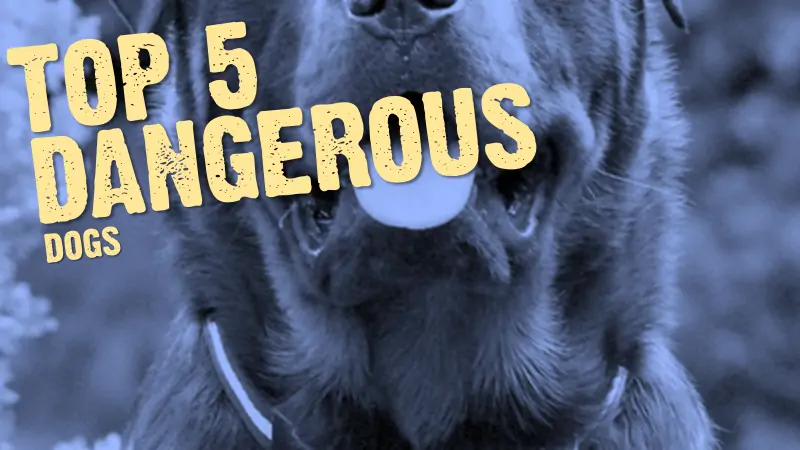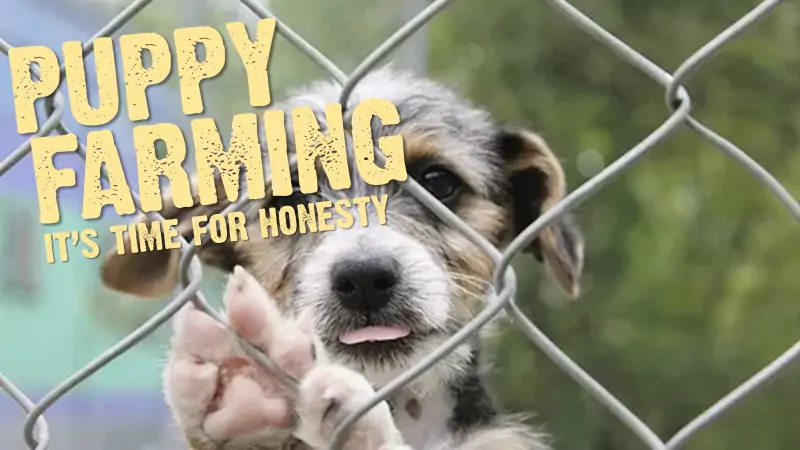Researchers have provided the first empirical evidence that the way in which dogs relate words to objects is fundamentally different to humans.
Many pet owners marvel at their dog's ability to fetch different objects such as toys on instruction, perceiving this as evidence that the dog 'understands' these words in a similar way to us.

Get Our BEST Dog Magazine Content
Enter your email and never miss out on receiving our best articles:
Enter your email and never miss out on receiving our best articles:

Psychologists and animal behaviour specialists from the University of Lincoln in the UK have shown through a series of unique behavioural experiments that the mental lexicon of domestic dogs is constructed in a substantially different manner to our own.
The findings, published in the peer-reviewed online journal PLOS ONE, may help to advance understanding of the foundations of language in humans and the critical differences with other species.
From the onset of world learning, young children generalise names to new objects on the basis of shape, and continue to do so as adults – a tendency known as 'shape bias'. This is crucial to language development because it enables children to assign new objects to pre-established classes – for example, to recognise that a tennis ball and a football both belong to the category 'ball'.
The Lincoln researchers found that when dogs are introduced to new words to refer to new objects, they first generalise based on object size, then on object texture. Unlike humans, they do not appear to naturally discriminate based on shape.
The study was conducted by Dr Emile van der Zee from the University of Lincoln's School of Psychology with Helen Zulch and Professor Daniel Mills from the University's School of Life Sciences.
Dr van der Zee said: "A number of recent studies have suggested that the domestic dog's word comprehension is human-like. Arguments have been made to refute this claim but until now there has been no clear empirical evidence to resolve the debate. Our findings bring a fundamental new insight into this discussion and add to our understanding of the cognitive equipment necessary for true human word learning.”
Dr van der Zee and his colleagues worked with a five-year-old border collie called Gable who had shown remarkable abilities to learn new object words.
They devised four different challenges for Gable to determine the extent and nature of his word comprehension.
On a number of occasions a selection of ten different objects known to Gable were placed in an enclosure out of sight of Gable and the researchers, and he was then given a verbal instruction to fetch a particular object from the ten.
Initial tests confirmed that Gable could easily distinguish between toys he knew well.
It was when the researchers introduced new words and novel objects of varying shape, size and texture that Gable began to reveal the absence of shape bias in his choices.
He appeared to make distinctions based first on object size, then, when he had longer to become familiar with the new objects, on the basis of texture. Object shape appeared to have no influence.
The researchers concluded that the mental lexicon – the long-term mental store containing sound-to-meaning mappings – appears to be fundamentally different in dogs and humans, both in terms of how it is built (word knowledge development) and in how it operates (word reference quality).
Dr van der Zee added: "This would suggest that an important factor in the natural structuring of the mental lexicon may be the way in which sensory information is organised in a particular species. The human visual system is tuned to detect object shape for the purpose of object recognition. In our experiments we excluded Gable using scent cues. It seems that his visual system and sensory cues linked to his mouth region are focused not on shape, but on size and texture. Only future experiments will reveal what role scent plays for the dog in generalising words. It is only by comparing other species with humans that we can find out more about the neural and genetic foundations of word reference in language."
Besides the significance for researchers interested in the roots of language development, awareness of the absence of shape bias in dogs may also inform refinements to the training programmes for pets, working dogs or assistance animals.








2 comments
my lurcher who is 3 can identify shapes already with no specific training – she can bring you similar shapes – she brings you a long thin toy followed by anything that looks the same – even digging out similar ones from the toy box.
So smart!